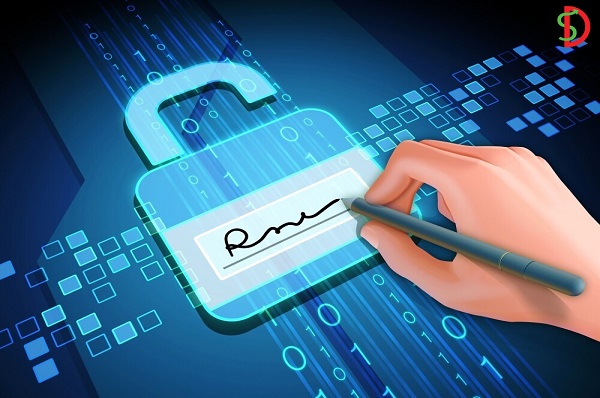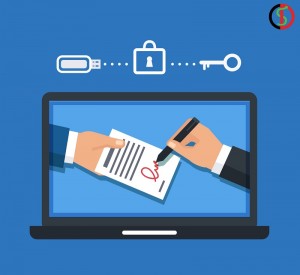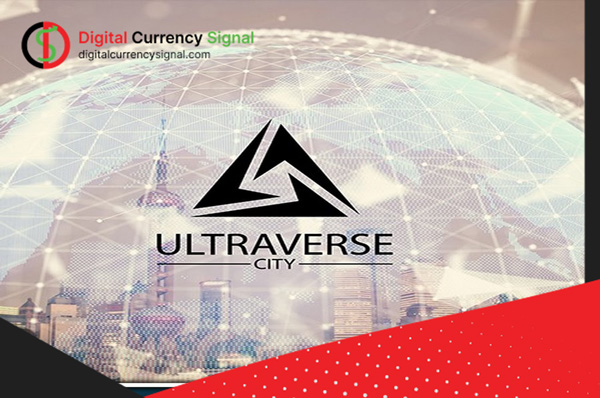Introduction
At the very least since the 17th century, handwritten signatures have been employed as a method for authenticating records. They are utilised on a plethora of different kinds of agreements, ranging from employment commitments and records for credit card purchases to treaty obligations. But the emergence of the internet era has brought up new means to interact, which are no longer constrained by the limitations of paper and actual mailboxes.
How therefore can we ensure the authenticity of digital messages? Digital signatures are the answer to this problem. Here in this digital currency signal article, we will demystify the notion of digital signature systems, with the goal of assisting you in comprehending the rationale for their selection and fostering an improved comprehension of the role that these systems play in blockchain technology.
What is a digital signature
The validity and completeness of a document may be verified via a technique called digital signature. This process is performed by the originator. In layman’s terms, it refers to making sure that the information that was received was delivered by the anticipated sender and that it was not altered by a hacker who was attempting to gain access to the network. In this scenario, the message is encrypted using the sender’s private key.
The message may also be decrypted using the appropriate public key of the sender, which was previously sent to the recipient. The sender is responsible for generating a hash of the item that has to be signed before it can be used in a digital signature system. The message should then be encrypted using his own secret key and sent. The file is decrypted by the recipient using the public key that was provided by the sender. This guarantees that the desired sender will send it.
The three main steps in digital signature
Hashing, signing, and verifying are the three fundamental stages that make up a digital signature system, and they are often used in the context of cryptocurrencies.
Hashing in digital signature
The message or the digital information must first be hashed as the first stage. This is accomplished by passing the information through a hashing method in order for a hash value to be obtained. the sizes of the messages might vary greatly; but, after they are hashed, the lengths of the resulting hash values are all the same. This is the most fundamental quality that a hash function has.
hashing plays a significant role in considerably enhancing the level of security offered by blockchain applications.
Signing in digital signature
Following the completion of the hashing process, the originator of the message is obligated to authenticate it. When it comes to security, public-key cryptography is where you want to be right now. There are several varieties of algorithms for digital signatures, and each of these algorithms employs a unique process. However, in practice, the hashed text will be confirmed with a private key.
It is important to keep in mind that the contents of each communication are directly connected to the digital signatures that accompany it. Therefore, in contrast to handwritten signatures, which often remain the same regardless of the message, the digital signature attached to each message that has been digitally signed will be unique.
Verification in digital signature
Verification is the last stage in the process of using a digital signature that is based on a blockchain. With the help of a public key, recipients were able to quickly and simply validate the authenticity of digital signatures.
The signature might function as a one-of-a-kind digital fingerprint that is associated with the communication in question. To stop unwelcome events from happening, however, it is essential to give careful consideration to the safekeeping of keys and the control of their distribution.
The importance of using digital signatures
Digital signatures are an essential component of blockchains, and their primary purpose is to guarantee the legitimacy of events. When individuals execute operations, they are required to demonstrate to each node in the system that they are permitted to spend those money, hence prohibiting other customers from accessing those funds. This is done in order to prevent the funds from being spent by any other users.
If Carol wishes to transfer Peter one bitcoin, she will need to sign a transaction using her private key that spends one bitcoin worth of inputs and then broadcast that transaction to the nodes on the network. The miners, all of whom are familiar with her public key, will then verify the signature after doing a check on the transaction’s terms. When the transaction’s authenticity has been verified, the block in which it is included will be prepared for completion by a validator or miner.
Advantages of Utilizing a Digital Signature
Using a private key that is protected rather than a public key may be of substantial advantage to the blockchain in the long run. Transactions are not only very secure and almost impossible to falsify, but they also stand out readily to the naked eye.
In certain contexts (such as in banking firms), transparency may be like a dream come true for auditors; nevertheless, the absence of privacy might prohibit businesses from completely implementing blockchain in situations where tight privacy standards are necessary. The blockchain technology incorporates cryptography, which enables users to electronically sign documents online while keeping the data secure to the greatest possible extent.
Digital signature future
Without the appropriate signature methods, blockchain technology would be incapable of functioning on a global scale in a world in which every miner or validator is required to validate every signature. Any plan will have repercussions that cascade throughout the operation of the blockchain. Consequently, making the correct choice in this regard is essential to the process of establishing the protocol.
There are always going to be trade-offs, and no solution will ever be the gold standard. Constant advances are being made in terms of the signature size, verification time, and overall level of safety. If the advantages of one plan are more enticing than those of another, then that plan can become the more realistic option.





